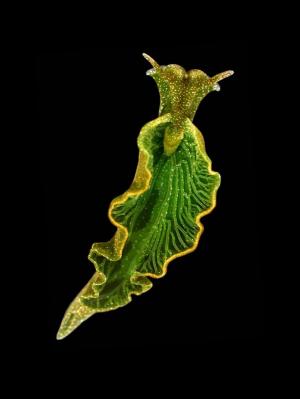Happy New Year, and welcome to the first Cancer Research Blog Carnival of 2010. It will be a light one - the holiday season kept us all busy - but there's still some good stuff to be had. We also have some new hosts lined up in the new year starting next month at
Health and Life.
In fact, we'll kick things off with a post from that blog, comparing Tamoxifen to Arimidex as adjuvant therapy for cancer.
There has been a lot of debate about how to prevent cancer from coming back in post-menopausal women after initial treatment. We discussed in our comparison of Tamoxifen with aromatase inhibitors the debate in general, and now will analyze Tamoxifen vs Anastrozole, brand name Arimidex, directly.
The author, David, does a nice job of summarizing various studies comparing the two drugs. The blog itself features a large amount of cancer blogging, much of it from a pharmacological point of view and looks to be a nice resource for health information in general, and drug uses and side effects specifically.
Next up GeriPal responds to news stories that morphine and other opiates may promote cancer growth and spread with
some research bloggingThis is an interesting line of research and one that gave the makers of Relistor a shot in the arm (as one website put it – “a possible new indication for Progenix's Relistor could revive its fortunes”.) I find the pathophysiology behind this incredibly interesting from an academic standpoint, however it is neither something that would warrant such dramatic headlines nor spur thoughts that it is anything but research in its infancy.
As usual, the headlines don't tell the full story, but GeriPal has it, so click through to find out the real deal.
Something we don't often think about while focussing on human disease is cancer in animals. PetPip
reminds us that pets get cancer too, and how to cope.
Speaking of animals with cancer, one favourite from past carnivals has been the
transmissible tumours among tasmanian devils. A recent
paper in Science has determined the origins of these tumours, as Carl Zimmer
describes in the New York TimesWhen the tumor disease was discovered, many scientists assumed that it was caused by a rapidly spreading virus. Viruses cause 15 percent of all cancers in humans and are also widespread in animals.
But subsequent studies failed to turn up a virus. Instead, Anne-Maree Pearse and Kate Swift, of the Department of Primary Industries, Water and Environment in Tasmania, discovered something strange about the tumor cells. The chromosomes looked less like those in the animal’s normal cells and more like those in the tumors growing in other Tasmanian devils.
The full story is pretty fascinating, and worth the read. Razib Khan at Gene Expression
adds a bit more, commenting on the dire predictions for the devil's demise and pointing out that some animals are, in fact, immune.
That's it for this month's Cancer Research Blog Carnival. For older editions, visit the
Carnival Homepage. Don't forget, the CRBC has subscription options; you can follow by
email or RSS feed. An aggregated feed of credible, rotating health and medicine blog carnivals is also
available.




 Podcast
Podcast




0 comments:
Post a Comment